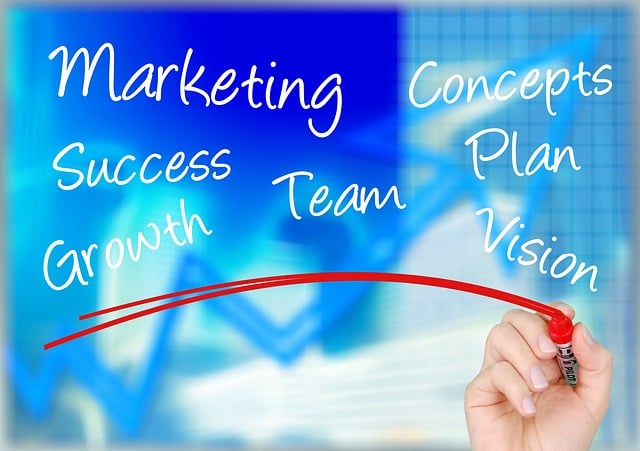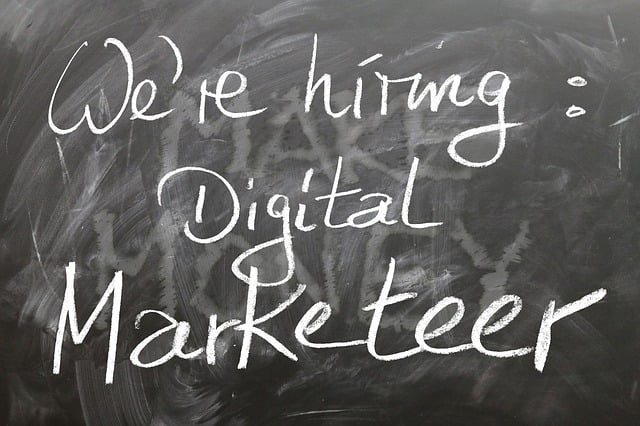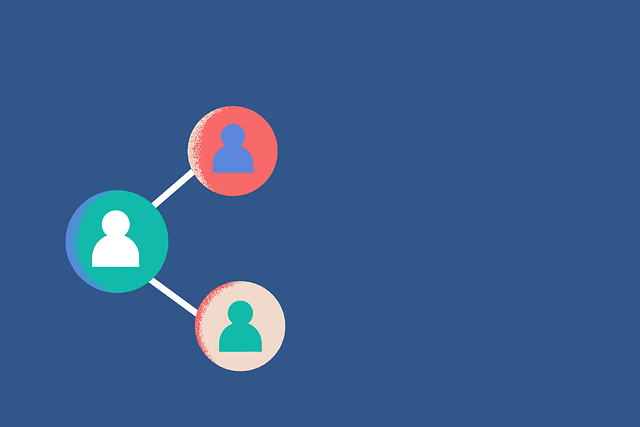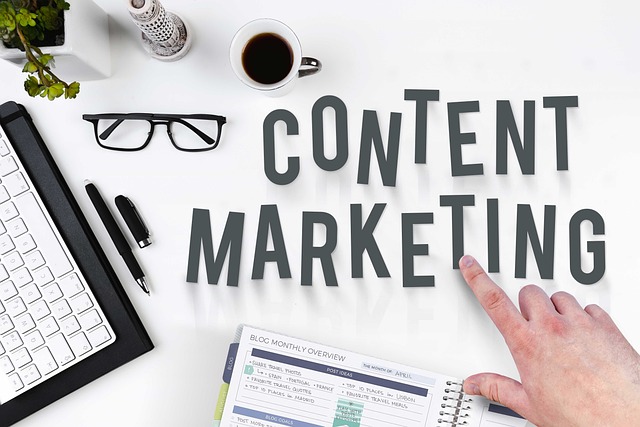AI-powered data visualization is transforming business intelligence with dynamic, interactive representations of complex data. Advanced algorithms analyze vast datasets and present them in customizable dashboards, enabling real-time updates and predictive analytics for data-backed decisions. In hospitality, AI kitchen-to-table timing monitors optimize meal preparation from ingredient acquisition to plating, minimizing wait times, reducing waste, and maximizing revenue. These systems offer deeper insights, hidden pattern discovery, and improved decision-making, but challenges like data quality issues and high setup costs may hinder adoption.
In today’s data-driven world, AI-powered data visualization is revolutionizing business insights. Understanding how artificial intelligence can transform raw data into actionable information is key to unlocking competitive advantages. This article delves into the transformative power of AI in data visualization, exploring its role in efficient operations through AI kitchen-to-table timing monitors. We also dissect the benefits and challenges of implementing AI for better decision-making while highlighting the game-changing potential for businesses.
- Understanding AI-Powered Data Visualization: Unlocking Insights for Businesses
- The Role of AI Kitchen-to-Table Timing Monitors in Efficient Operations
- Benefits and Challenges: Implementing AI in Data Visualization for Better Decision Making
Understanding AI-Powered Data Visualization: Unlocking Insights for Businesses

AI-powered data visualization is transforming how businesses understand and interpret their data, offering a dynamic and insightful approach to decision-making. By employing advanced algorithms and machine learning techniques, AI systems can analyze vast datasets and present complex information in easily digestible formats, such as interactive charts, graphs, and dashboards. This technology goes beyond traditional data visualization by providing real-time updates, predictive analytics, and customizable insights tailored to specific business needs.
One of the key advantages of AI-driven data visualization is its ability to streamline processes. AI kitchen-to-table timing monitors, for instance, can track and analyze customer journey data across various touchpoints, helping businesses optimize their operations and enhance the overall customer experience. This level of granular insight enables companies to identify bottlenecks, make data-backed adjustments, and ultimately drive better results, ensuring they stay ahead in today’s competitive market.
The Role of AI Kitchen-to-Table Timing Monitors in Efficient Operations

In the realm of modern hospitality, AI kitchen-to-table timing monitors are transforming operations into a seamless symphony. These intelligent systems leverage advanced algorithms to track and optimize every step of the meal preparation journey, from initial ingredient acquisition to final plating. By analyzing historical data, predicting demand, and monitoring workflow in real-time, these AI monitors ensure that each dish traverses the kitchen-to-table path with precision and efficiency.
The impact is profound: reduced wait times for customers, minimized food waste, and maximized revenue through optimized resource allocation. Moreover, AI kitchen-to-table timing monitors facilitate data-driven decision-making, allowing restaurateurs to adapt menus, staffing, and strategies based on concrete insights gathered from the system. This proactive approach ensures that each meal is not just served on time but also aligns with customer expectations for a vibrant, satisfying dining experience.
Benefits and Challenges: Implementing AI in Data Visualization for Better Decision Making

Implementing AI in data visualization offers a myriad of benefits for better decision-making processes within businesses. With AI kitchen-to-table timing monitors, organizations can gain deeper insights from complex datasets, enabling them to uncover hidden patterns and trends that were previously difficult to identify. This advanced capability leads to more informed decisions, improved operational efficiency, and enhanced competitive advantage in the market.
Despite these advantages, there are challenges associated with integrating AI into data visualization tools. Data quality issues, such as incomplete or biased datasets, can impact the accuracy of AI-driven insights. Additionally, ensuring explainability and transparency of AI models is crucial for building trust among stakeholders who need to understand the reasoning behind automated recommendations. Moreover, the initial setup and training of AI algorithms require significant time and resources, which may pose a temporary obstacle for businesses eager to leverage AI’s potential in data visualization.
AI-powered data visualization is transforming how businesses understand and utilize their data. By implementing AI kitchen-to-table timing monitors, organizations can streamline operations, gain deeper insights, and make more informed decisions. While challenges exist, the benefits are substantial, enabling companies to stay competitive in today’s data-driven landscape. Embracing AI visualization tools, such as those that optimize kitchen-to-table timing, is a strategic move towards enhancing efficiency and profitability.
